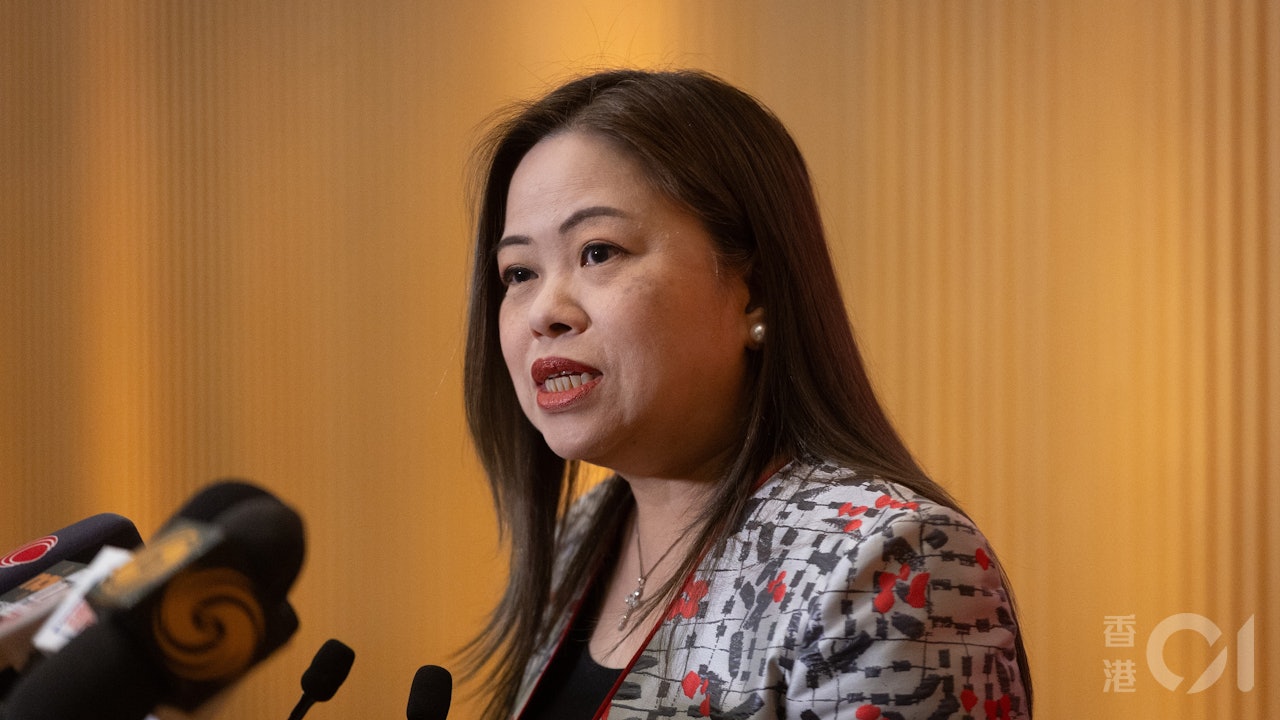The user wants a detailed analysis and professional report based on the provided headline: “五一內地客暫按年增22% 羅淑佩指郊遊配套可做更多:我都愛行山”.
The report should be over 1000 words, written in traditional Chinese, using an engaging and easy-to-understand style.
It needs a compelling opening, clear subheadings throughout, logical progression, a strong conclusion, and should incorporate the information from the headline (mainland visitor numbers increase, Director General of Tourism expressing thoughts on improving rural tourism facilities, and her personal interest in hiking).
The output must be in Markdown format, strictly in traditional Chinese, without an opening main title, greetings, or conversational filler.
Plan:
* Opening: Start with the buzz around the 5.1 Golden Week and the initial visitor numbers, setting the stage for the analysis.
* Section 1: 黃金周的數字訊號 (The Golden Week’s Numeric Signal): Detail the 22% year-on-year increase. Discuss what this number signifies for Hong Kong’s tourism recovery post-pandemic. Compare this trend to previous years if possible or imply the positive direction.
* Section 2: 轉變中的旅客足跡 (The Changing Footprints of Tourists): Explore the shift in mainland visitor preferences. Move beyond the traditional image of shopping sprees in Tsim Sha Tsui or Causeway Bay. Connect this to the rising interest in deeper, more authentic experiences, including exploring Hong Kong’s natural landscapes.
* Section 3: 郊野魅力:潛力與不足 (Rural Charm: Potential and Shortcomings): Focus on Monica Lo’s statement about improving rural tourism facilities. Discuss Hong Kong’s rich natural resources (hiking trails, islands, parks). Analyze the current state of infrastructure (transport, signage, amenities, integration with local culture). Why is more needed?
* Section 4: 官方聲音的共鳴 (Resonance of the Official Voice): Discuss the significance of the Director General’s statement, especially her personal interest in hiking. How does this personal touch add weight to the government’s commitment? What does it signal to both the industry and the public? It shows empathy and understanding of the need for better outdoor experiences.
* Section 5: 前瞻未來:如何提升郊野旅遊 (Looking Ahead: How to Enhance Rural Tourism): Propose concrete ideas and strategies for improving rural tourism. This could include better trail maintenance, integrated transport solutions, multilingual signage, development of eco-tourism products, collaboration with local communities, digital tools (apps, maps), and sustainable practices. Connect this back to attracting visitors seeking diverse experiences.
* Conclusion: 從數字到足跡:勾勒香港旅遊新畫卷 (From Numbers to Footprints: Sketching a New Picture of Hong Kong Tourism): Summarize the key points – positive visitor growth, changing visitor behaviour, the focus on rural tourism, and the government’s stated intention. End with a forward-looking statement about Hong Kong’s potential to evolve as a multifaceted tourist destination, balancing urban excitement with natural beauty.
Constraint Checklist & Confidence Score:
Confidence Score: 5/5
Strategizing complete. I will now proceed with generating the response following these steps.







